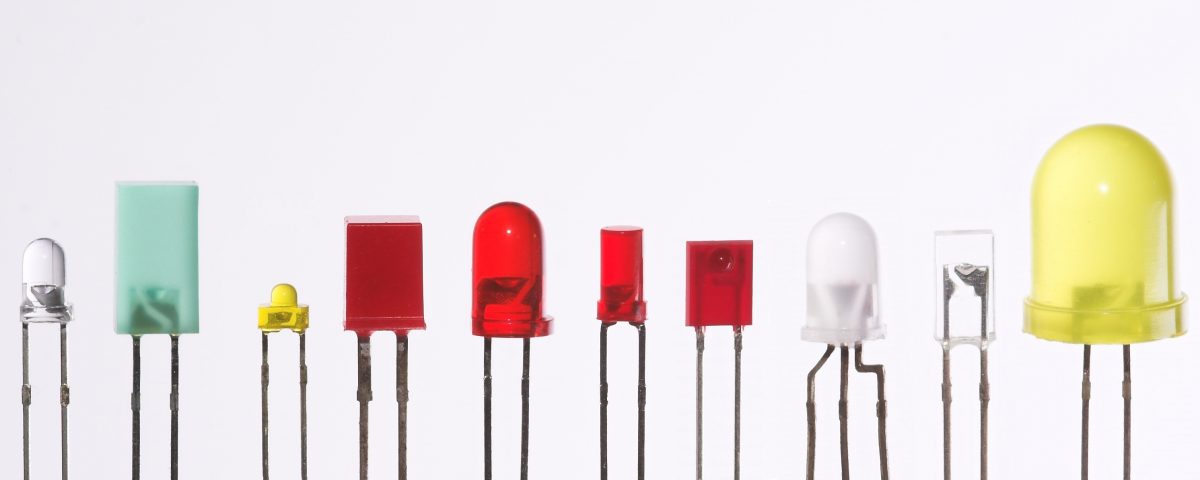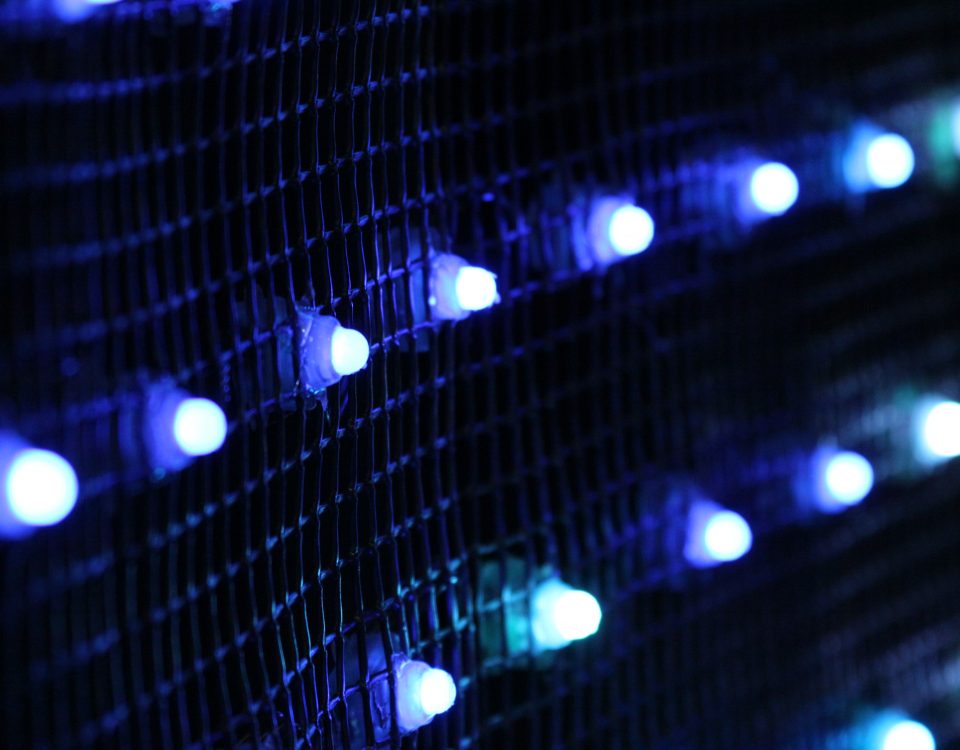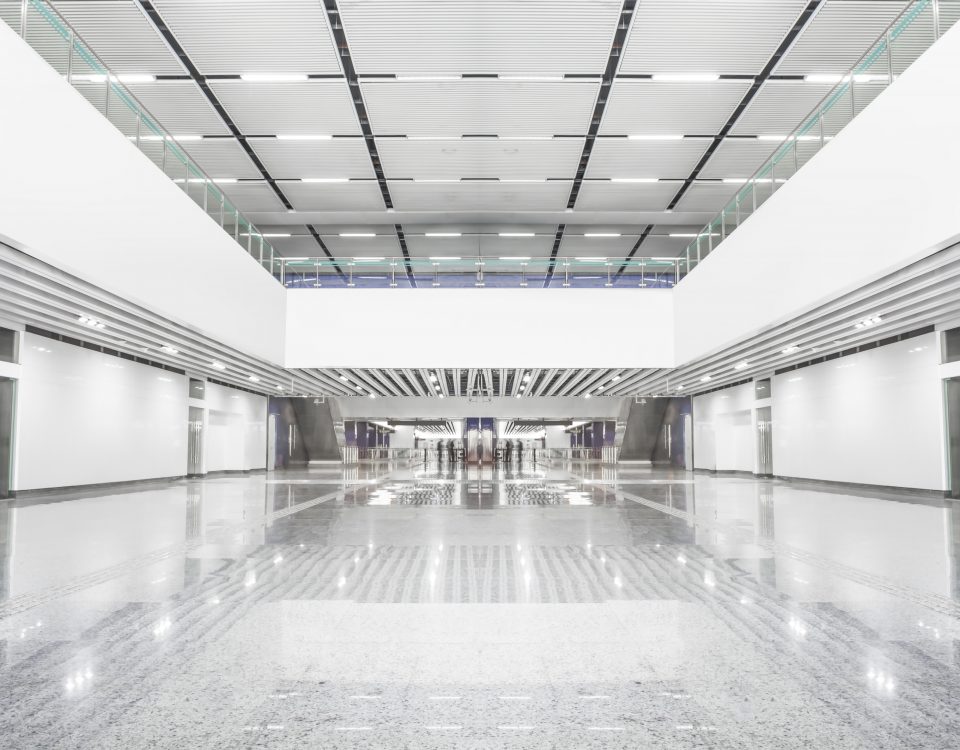Looking for LED lights in Australia to optimise the indoor lighting in your site while saving big dollars? LEDs have many key benefits that make them superior to traditional luminaries. By switching to LEDs, you can achieve optimised light levels like never before and reduce operating costs improving your bottom line.
LEDs are energy-efficient, providing unmatched brightness while cutting costs by up to 79 percent. But did you know that there is more than one way to improve the efficiency of lighting when using LEDs? Here are five great ways you can improve the efficiency of LED your lighting.
Daylight harvesting
When optimising LEDs, start by taking into account the amount of daylight available in each area in your site. You can then use the analysis to determine the amount of artificial lighting needed in that area during daytime. This is ideal for spaces that utilise open floor plans, especially with factory or warehouse lighting where skylights are in place.
There are multiple ways to manage the amount of daylight received which is then supported with LED lighting. Using daylight sensors with proper configuration can automatically dim or turn lights off during daytime when they’re not needed. Adjustments can be made so that sensors are able to switch the lights on at nighttime or during inclement weather.
Installing a number of entry points for natural light can be achieved by adding more windows and skylights which will drive down lighting and energy costs.
De-lamping
Energy use can also be optimised by de-lamping while maintaining the required illumination levels – removing fixtures that are not required. However section J6 of the Building Code of Australia should be referred to which states the amount of lighting that is needed in an indoor space:
- Indoor lighting, 5 watts per square metre (W/sqm);
- Verandahs and outdoor areas, 4 W/sqm; and,
- Petrol garages, 3 W/sqm.
Zoning
Where there are open spaces, it is common for these areas to have different occupancy levels and activity patterns. This means that the artificial lighting needs of a given area may differ from those of another.
Zoning can help you optimise the illumination in spaces like these. You can do this by establishing lighting zones that have separate controls. Each zone can have a set of light fixtures that a single switch controls.
Multi-level switching
While zoning requires a lighting circuit in each area in the given space, multi-level switching requires putting two or more lighting circuits in a single space so that you can turn one circuit off and still be able to achieve uniform illumination. Lighting systems that employ multi-level switching typically place fixtures alternately, by unit or by rows.
Dimming
Integrating auto-dimming capabilities into your indoor lighting system allows you to adjust the intensity of the light that your fixtures emit to match your needs. This is useful for controlling your indoor lighting depending on the time of the day and how bright you need them to be.
Use occupancy or movement sensors to support the dimming features of your lighting if available. Not all lighting fixtures are compatible with automatic dimming, especially traditional luminaries such as metal halide or CFL lamps. These fixtures have the tendency to degrade over time and lamp life is shortened when continuously dimming the light.
LEDs are perfect for this because they can be dimmed without affecting the quality of light they emit. Use fixtures such as LED high bay lights and LED panels to make the most out of dimming for warehouses and offices.
Efficient LED lights in Australia by MatrixLED
If you’re looking for LED lighting for your warehouse, gymnasium or factory, choose MatrixLED. We offer LED lights in Australia to help businesses improve their bottom line while significantly cutting their power needs, operational costs, and their impact on the environment. Visit our website to view our products.
You can schedule a free consultation or tell us how we can help through our Contact Us page. If you want to know how much you can save when switching to our lights, you can use our free Savings Calculator!
Read our blog so you can keep up with news and tips on lighting and LED lights in Australia. You can also do the same by visiting our social media pages: Facebook, Twitter, LinkedIn and Google+.





